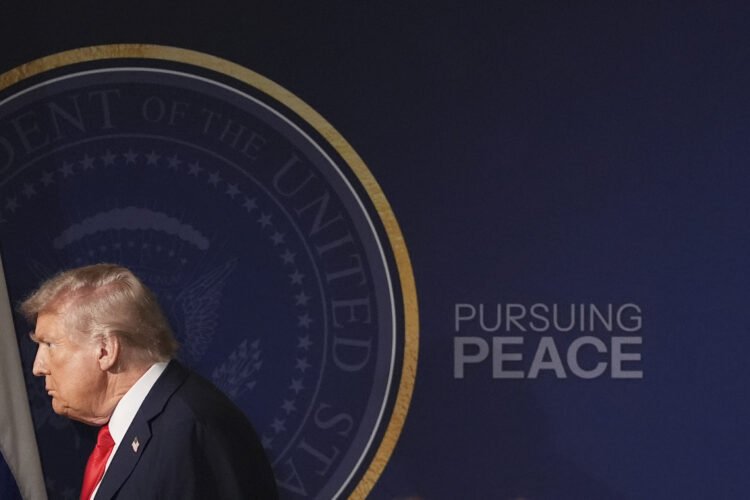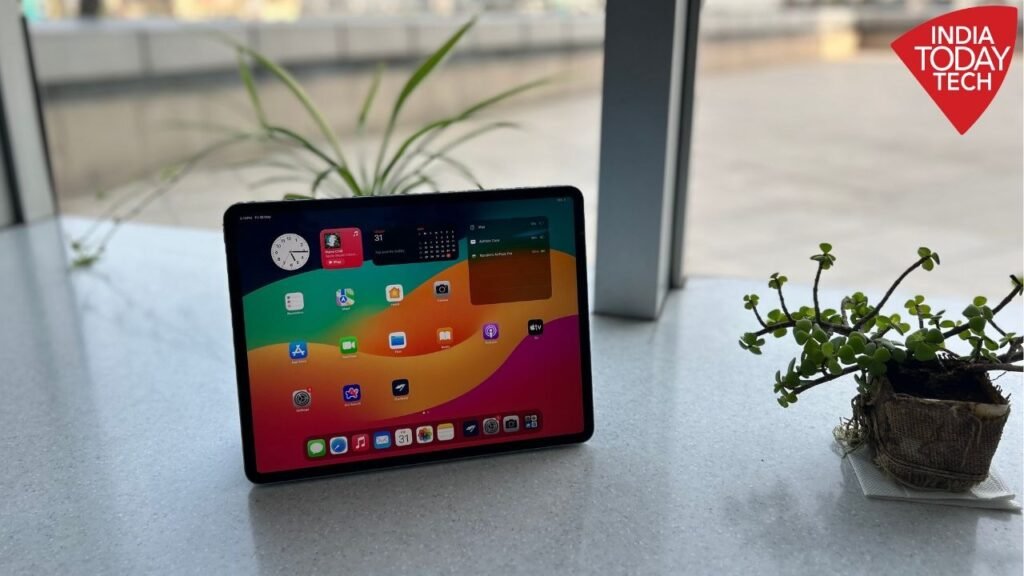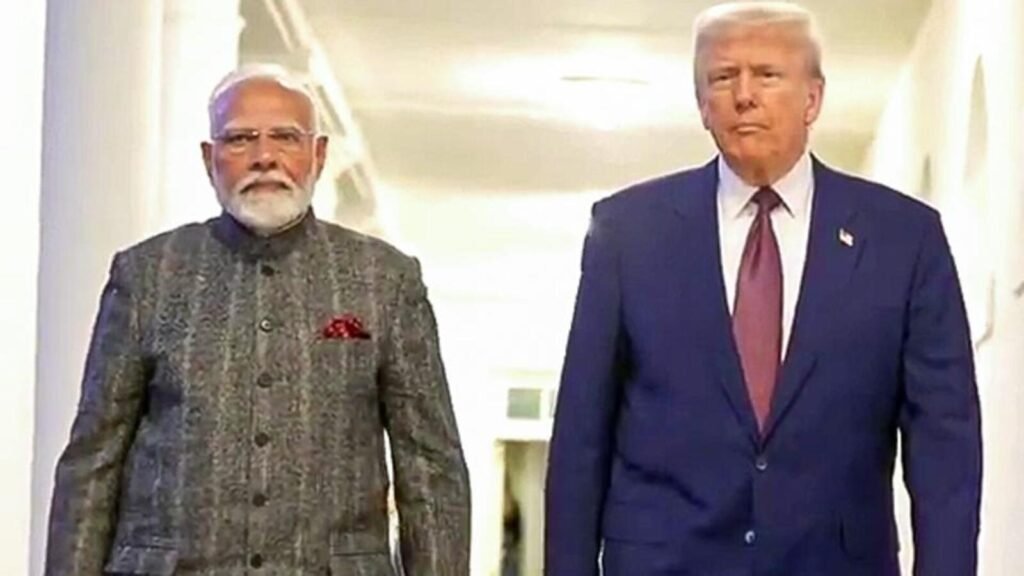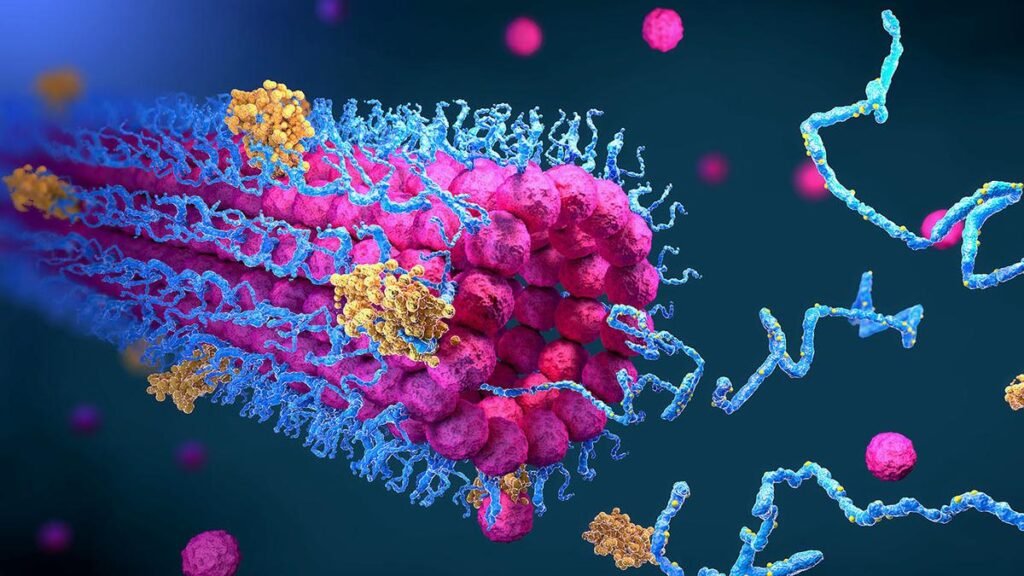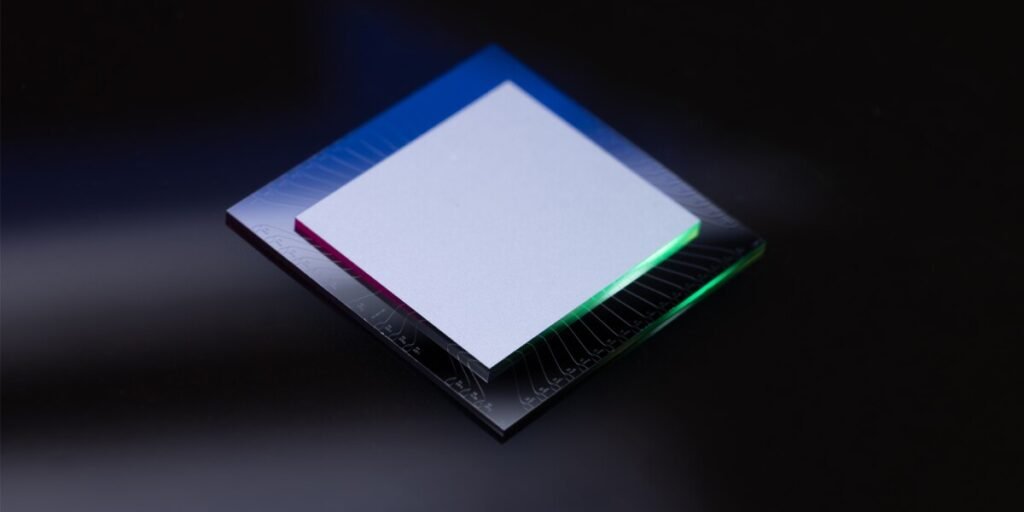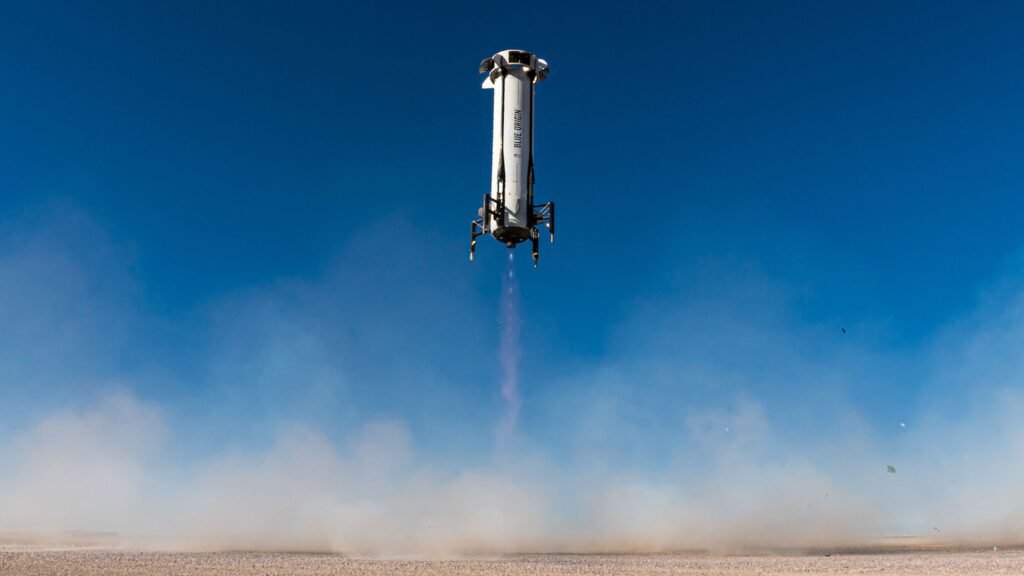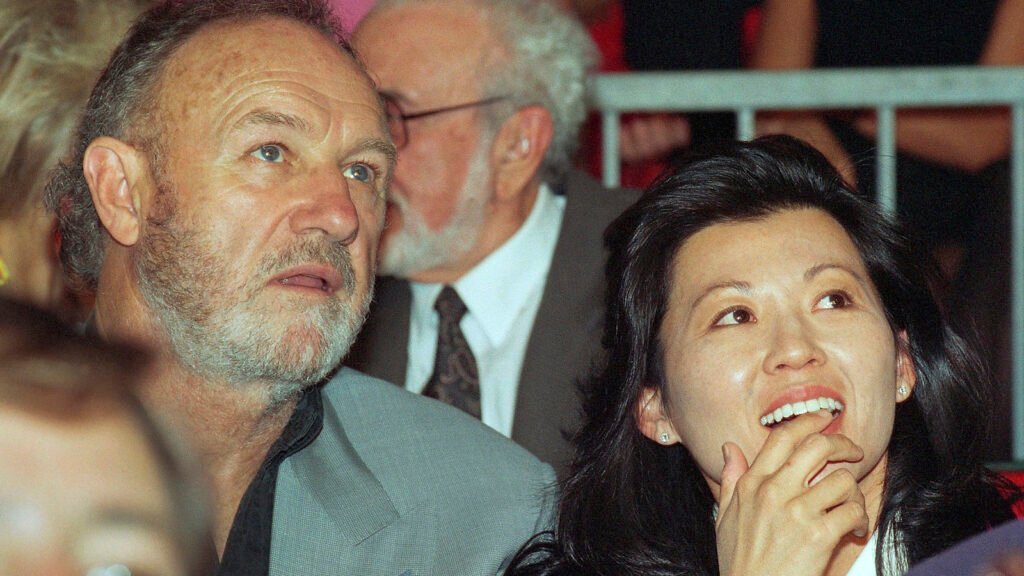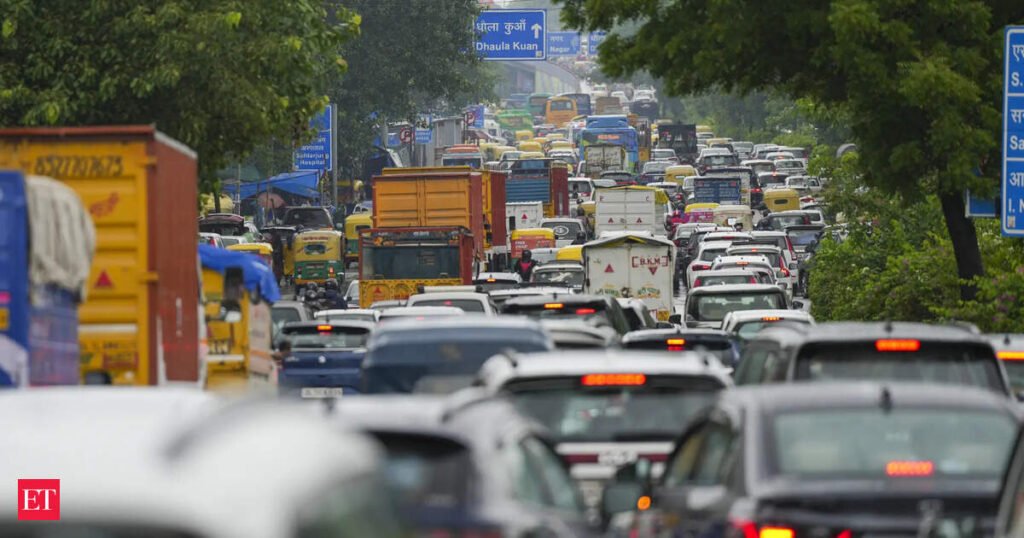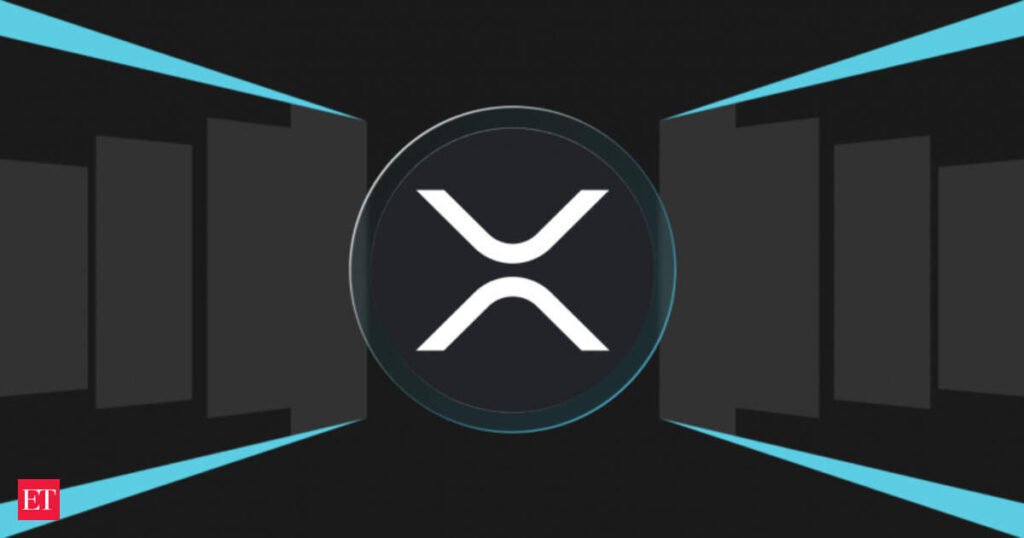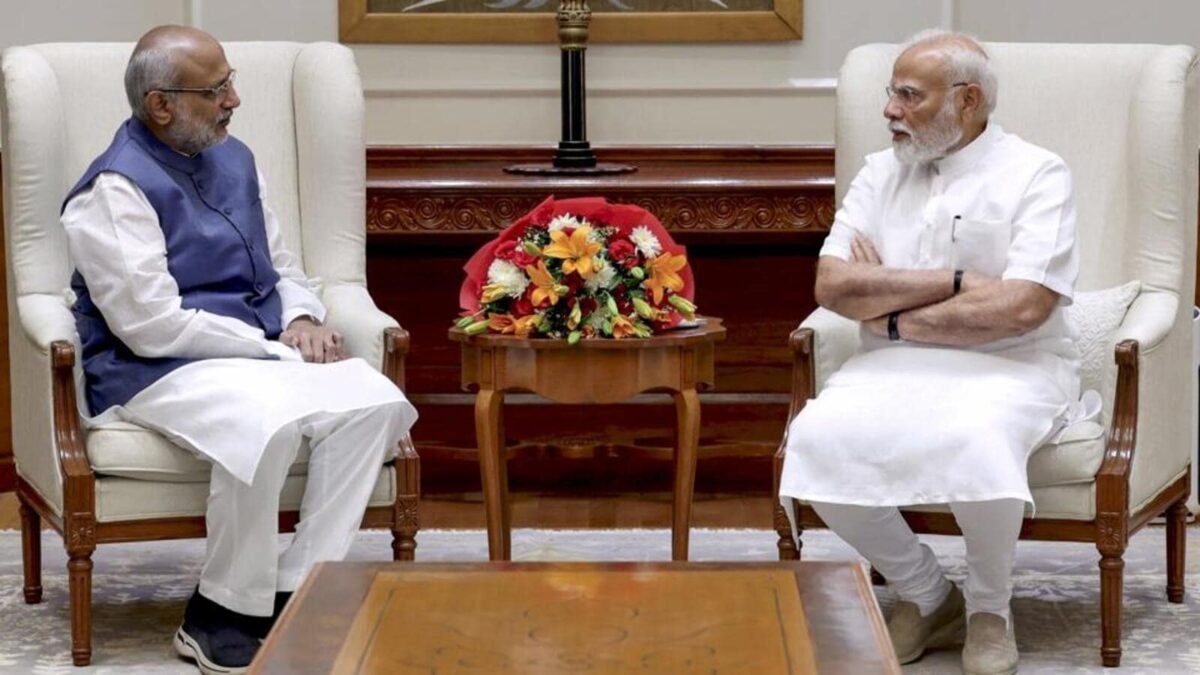Now Reading: Why market is rising today? Sensex soars 1,100 pts, Nifty tops 25K; GST reforms among 5 key factors behind today’s surge
-
01
Why market is rising today? Sensex soars 1,100 pts, Nifty tops 25K; GST reforms among 5 key factors behind today’s surge
Why market is rising today? Sensex soars 1,100 pts, Nifty tops 25K; GST reforms among 5 key factors behind today’s surge
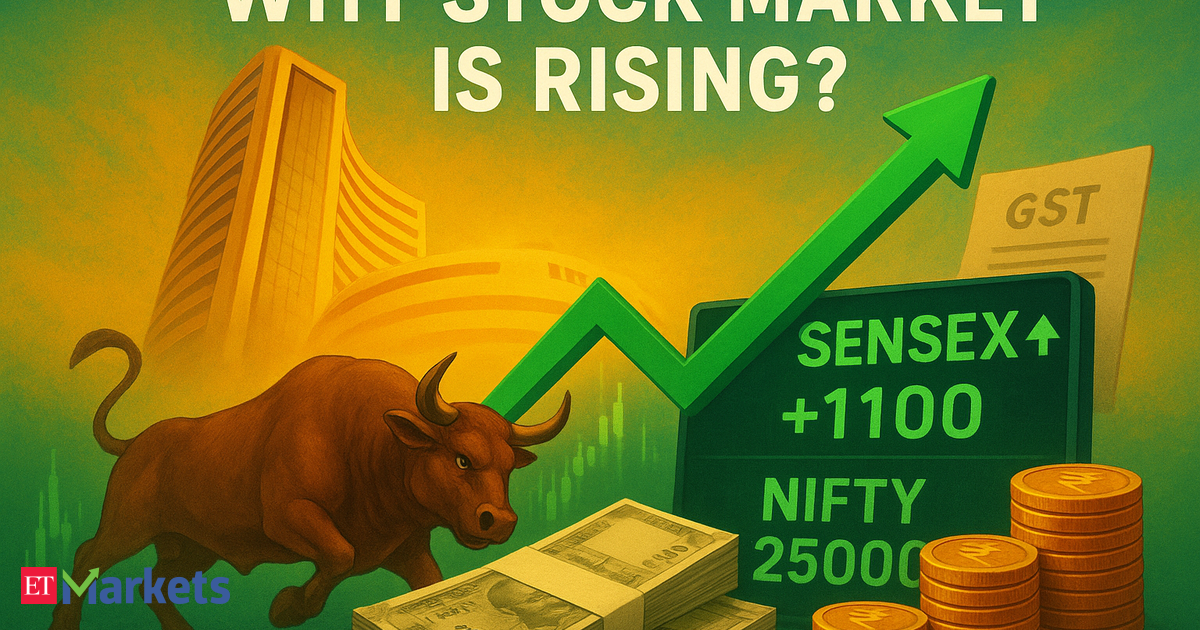
The market capitalization of all listed companies on the BSE increased by Rs 5.93 lakh crore to Rs 451.70 lakh crore.
Auto and consumer stocks led the gains on the benchmarks, jumping 3.4% and 1.8%, respectively. Mid-cap and small-cap indices each added about 1%.
Financial stocks advanced 1.6%, buoyed by an S&P ratings upgrade on lenders including HDFC Bank and State Bank of India. HDFC Bank gained 1.4% and SBI edged up 0.6%.
The market exerts said Prime Minister Narendra Modi’s announcement of prospective goods and services tax cuts has lifted confidence, particularly in consumption-linked sectors. Autos, financials, consumer durables and domestic-facing industries tied to infrastructure spending are seen as the biggest beneficiaries.
Among other sectoral indices, metals gained 1.29%, realty advanced 1.24%, private banks added 1.09%, and IT stocks were up 0.92%.Shares of Maruti Suzuki jumped 6.2% and Hero MotoCorp surged 7.5% after Reuters reported New Delhi is considering lowering GST on small cars to 18% from 28% as part of its proposed reforms.
Here are the four key drivers behind today’s rally:
1) Trump-Putin talks
After meeting Russian President Vladimir Putin in Alaska on Friday, U.S. President Donald Trump signaled greater alignment with Moscow’s stance on prioritizing a peace deal in Ukraine over a ceasefire.
Trump is set to meet Ukrainian President Volodymyr Zelenskiy and European leaders on Monday to discuss possible security guarantees for Kyiv, though concrete proposals remain unclear.
Oil prices eased after Washington held back from imposing fresh curbs on Russian exports following the Trump-Putin talks. Trump also said he did not yet need to consider retaliatory tariffs on countries such as China that continue to buy Russian oil, though he might revisit the issue “in two or three weeks.” The remarks tempered fears of immediate supply disruptions.
“India-U.S. trade talks are unlikely before the August 27 deadline. The ‘Trump sword’ of a potential 50% tariff on India will restrain market enthusiasm otherwise fueled by positive news. The outcome of today’s White House meeting on the Russia-Ukraine conflict will be closely watched,” said Dr. V.K. Vijayakumar, Chief Investment Strategist at Geojit Investments.
2) GST reforms
Sentiment was also buoyed by the Indian government’s plan to push sweeping tax reforms aimed at supporting growth amid trade tensions with the U.S.
India has proposed lowering the Goods and Services Tax on small cars to 18% from 28%, Reuters reported citing a government source, part of broader consumption tax cuts announced by Prime Minister Narendra Modi on Friday. The move is expected to lift sales for automakers including Maruti Suzuki, the country’s largest carmaker.
The federal government is also weighing a reduction in GST on small petrol and diesel cars to 18%, as well as cuts on health and life insurance premiums to 5% or even zero from the current 18%, the report said.
The measures, if approved, are likely to be rolled out by Diwali in October, India’s largest shopping season.
“There are strong tailwinds for the market with potential to take it higher. The prime minister’s declaration on the next phase of GST reforms by Diwali is a major positive. The expectation is that most goods and services will fall into the 5% and 18% brackets,” said Dr. V.K. Vijayakumar of Geojit Investments.
Vijayakumar said that autos and cement, currently taxed at 28%, stand to gain, citing companies such as TVS Motors, Hero, Eicher, M&M, and Maruti as likely beneficiaries. Insurance companies could also benefit if premiums move into the lower tax band. “S&P 500’s upgrade of India’s sovereign credit rating is another positive, though markets largely ignored it amid strong negative news flow,” Vijayakumar said.
3) S&P upgrade
S&P Global Ratings on Thursday raised India’s long-term sovereign credit rating to “BBB” from “BBB-,” with a stable outlook, the country’s first upgrade in 18 years. The move sent 10-year government bond yields down about 10 basis points to 6.4%.
The agency cited India’s strong economic growth, improved monetary policy credibility and sustained fiscal consolidation as reasons for the upgrade. It follows S&P’s decision in May to lift India’s outlook to positive from stable, highlighting robust growth and better quality of government spending.
India’s real GDP grew an average of 8.8% between fiscal 2022 and 2024, the fastest in Asia-Pacific, and is projected to expand at 6.8% annually over the next three years. That momentum, S&P said, is helping to moderate the government’s debt burden despite wide fiscal deficits. The agency expects India’s debt-to-GDP ratio to fall to 78% by fiscal 2029, from 83% in fiscal 2025.
S&P also noted that U.S. tariffs are likely to have a limited impact, given India’s reliance on domestic demand rather than trade. Fitch has maintained India at “BBB-” since 2006, while Moody’s rates it at “Baa3” since 2020.
4) Asian peers rally
Asian equities edged higher on Monday, buoyed by a risk-on mood ahead of a pivotal week for U.S. interest-rate policy, while oil prices slipped as fears over Russian supply disruptions eased.
Benchmark indices in Japan and Taiwan touched record highs, while Chinese blue chips climbed to their strongest level in 10 months. The broader MSCI index of Asia-Pacific shares outside Japan eased slightly, after reaching a four-year peak last week. Chinese blue chips advanced 1%, extending quarterly gains to nearly 8%.
Japan’s Nikkei rose 0.9% to another record, supported by expectations of easier global monetary conditions. Markets are pricing in an 85% chance of a quarter-point cut at the Federal Reserve’s September 17 meeting, with traders also betting on additional easing by year-end. The focus this week will be the Federal Reserve’s Jackson Hole symposium from August 21 to 23, where Chair Jerome Powell is expected to outline the economic outlook and policy path.
In Europe, futures pointed to modest gains, with Euro Stoxx 50 and FTSE futures up 0.2% and Germany’s DAX futures 0.1% higher.
5) Technicals
On the technical front, Shrikant Chouhan, Head of Equity Research at Kotak Securities, said daily and intraday charts are showing largely positive reversal patterns, while a bullish candle on the weekly charts points to a continuation of the pullback in the near term.
Chouhan noted that the market is likely to open around 24,800–24,950, an area seen as the ultimate resistance zone. “We believe 24,450/80,000 would act as a key support zone for short-term traders. As long as the market trades above this level, the bullish sentiment is likely to continue. On the higher side, 24,800/81,200 would be the immediate resistance zone for the bulls. A successful breakout above this could push the market towards 24,900–25,000/81,500–81,800,” Chouhan said.
Chouhan advised reducing weak long positions between the 24,900 and 25,000 spot levels, while traders should trail stop losses to 24,600 for holding positional long bets. A close above 25,000, he added, could lift the market towards 25,250–25,300.
For the Bank Nifty, Chouhan said the index has been range-bound after a prolonged correction. On the upside, a move above 55,650 could trigger a rally towards the 20-day simple moving average around 56,000–56,100. On the downside, a break below 55,350 may accelerate selling pressure, potentially dragging the index to 54,900–54,500.
Anand James, Chief Market Strategist at Geojit Investments, noted that last week’s reversal attempts stalled in the 24,670–24,720 region, depriving Nifty of a bullish confirmation. However, he pointed out that 43% of mid-cap and 39% of small-cap constituents closed above their 10-day simple moving averages, the highest since late July.
“This suggests a broad market reversal is already in play. We persist with the 24,850–25,000–25,200 objectives discussed last week. Expect 24,850 to pose a stiff challenge, but upside hopes may continue as long as volatility is contained above 24,650,” James said.

![[PODCAST] Corvette News and Headlines with CorvetteBlogger on the Corvette Today Podcast](https://steinews.com/wp-content/uploads/2025/08/PODCAST-Corvette-News-and-Headlines-with-CorvetteBlogger-on-the-Corvette.jpg)

